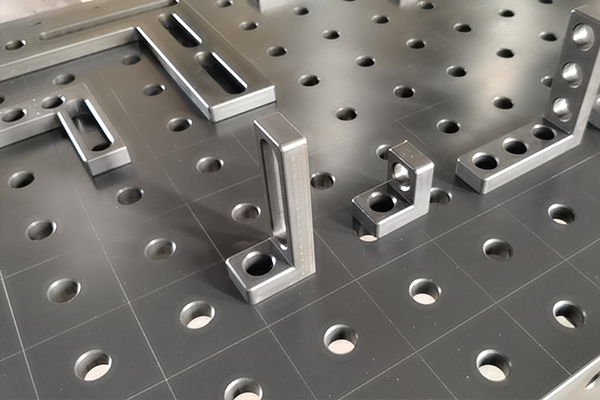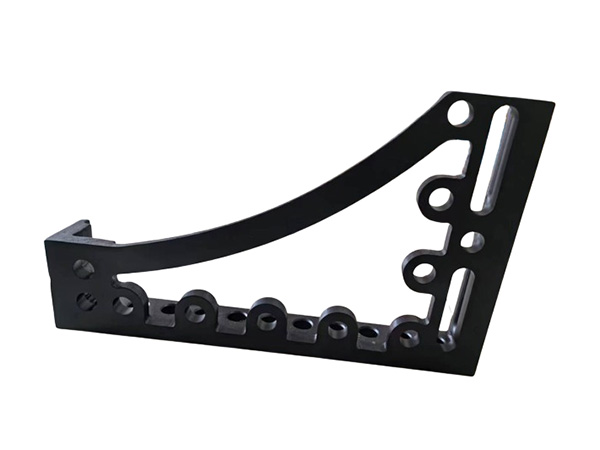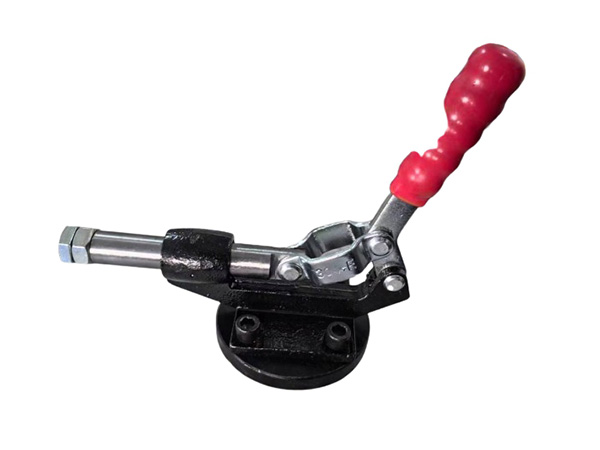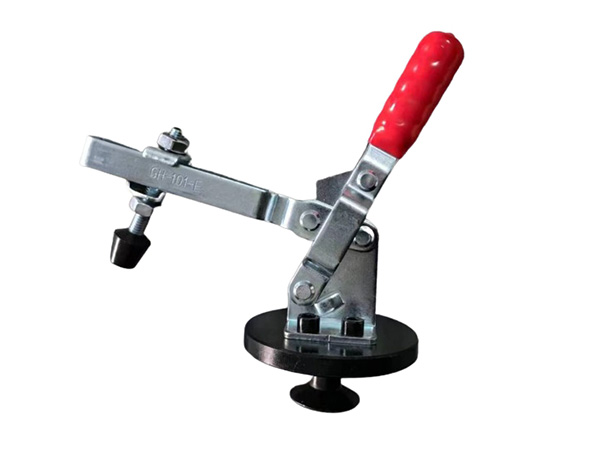- 网站导航 -
Address: Home > News > Technical documentation >
Advantages and Challenges of Flexible Welding Technology: Achieving Optimal Results in Manufacturing
Time:2024-08-23 05:31:07 Author:Fadetong Clicks:127Second-rate
Introduction
Flexible welding technology is increasingly playing a vital role in modern manufacturing. By utilizing adaptable welding techniques, this technology enhances production efficiency and optimizes product quality. Despite its significant advantages, flexible welding also presents several challenges during implementation. This article explores the key benefits and challenges of flexible welding technology and offers guidance on leveraging these advantages to overcome obstacles, achieving the best manufacturing outcomes.
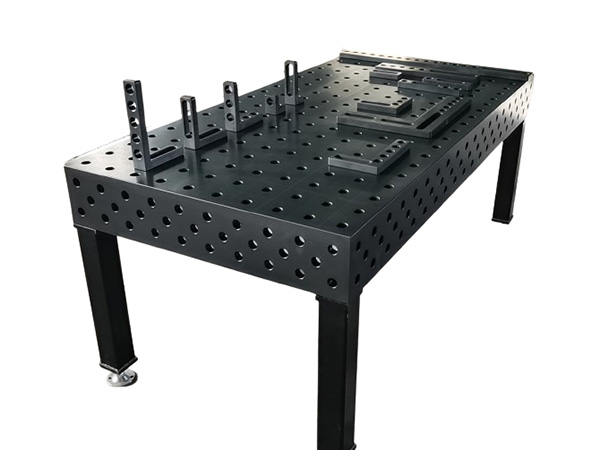
1. Key Advantages of Flexible Welding Technology
1.1. Enhanced Production Efficiency
One major advantage of flexible welding technology is its significant boost to production efficiency. Modern flexible welding systems can quickly adapt to varying welding requirements and workpiece types, reducing production cycles. The application of automation and smart technologies greatly increases production line efficiency. If you aim to accelerate production speed and minimize downtime, flexible welding technology is your optimal choice.
1.2. Improved Weld Quality
Flexible welding technology allows precise control over welding parameters, ensuring high-quality welds. This technology guarantees consistency and stability in welding, reducing defects and rework. Whether you need strength or aesthetic quality, flexible welding technology delivers exceptional results. If you are seeking superior welding quality, flexible welding technology will help you achieve this goal.
1.3. High Adaptability
Another significant advantage of flexible welding technology is its adaptability. It can handle a range of materials and complex welding tasks, including various shapes and sizes of workpieces. This flexibility allows production lines to swiftly adjust to changing market demands. If your production environment requires flexible adjustments, flexible welding technology will provide robust support.
1.4. Energy Efficiency and Environmental Benefits
Modern flexible welding technology has made significant progress in energy efficiency and environmental impact. By optimizing welding processes and materials, it reduces energy consumption and emissions. Choosing environmentally friendly flexible welding technology not only meets modern environmental standards but also lowers production costs, achieving both economic and ecological benefits.
2. Challenges of Flexible Welding Technology
2.1. High Initial Investment
Flexible welding technology often requires a high initial investment, including costs for equipment, installation, and training. This can be a substantial burden for some small and medium-sized enterprises. However, as technology matures and equipment costs decrease, this challenge is gradually easing. By thoroughly assessing the return on investment, businesses can achieve long-term cost savings and efficiency improvements.
2.2. Technical Complexity
The technical complexity of flexible welding technology involves sophisticated systems and equipment, including automation, smart controls, and precise parameter adjustments. This complexity demands skilled and experienced operators. To address this challenge, businesses need comprehensive training and technical support to ensure smooth system operation and optimal performance.
2.3. Maintenance and Upgrades
Flexible welding systems require regular maintenance and upgrades to maintain performance and stability. These tasks may involve system adjustments, software updates, and hardware replacements. While maintenance enhances long-term system performance, it also requires additional time and cost. Businesses should develop detailed maintenance plans to ensure efficient equipment operation.
2.4. Material Compatibility
Flexible welding technology must handle various materials and welding tasks, each requiring specific parameters and techniques. Ensuring material compatibility is crucial for maintaining weld quality. Choosing a flexible welding system with broad material compatibility can effectively address this challenge.
3. Maximizing the Advantages of Flexible Welding Technology
3.1. Optimize Investment
Although flexible welding technology requires a significant initial investment, strategic planning and selecting cost-effective equipment can maximize returns. Considering the long-term gains in production efficiency and cost savings, the initial investment is worthwhile.
3.2. Enhance Training
Comprehensive training and technical support are essential to overcome technical complexity. By improving operators' skills and knowledge, you ensure they can effectively operate and maintain flexible welding systems, maximizing system performance.
3.3. Develop a Maintenance Plan
Creating a detailed maintenance and upgrade plan ensures the stable operation of flexible welding systems. Regular maintenance and timely upgrades will help you maintain optimal equipment performance and avoid production interruptions.
3.4. Select the Right System
Choosing a flexible welding system that meets your production needs will effectively address material compatibility issues. Ensure the system can handle various materials, enhancing welding quality and production flexibility.
Conclusion
Flexible welding technology offers significant advantages, including improved production efficiency, weld quality, adaptability, and energy efficiency, making it crucial in modern manufacturing. However, it also faces challenges such as high initial investment, technical complexity, maintenance, and material compatibility. By optimizing investment, enhancing training, developing maintenance plans, and selecting the right system, you can fully leverage the benefits of flexible welding technology to achieve the best manufacturing results. Act now to integrate flexible welding technology into your production line and drive innovation and breakthroughs in your business!

